Is interest in EVs slowing down?
The world is stepping back, but PH is stepping forward
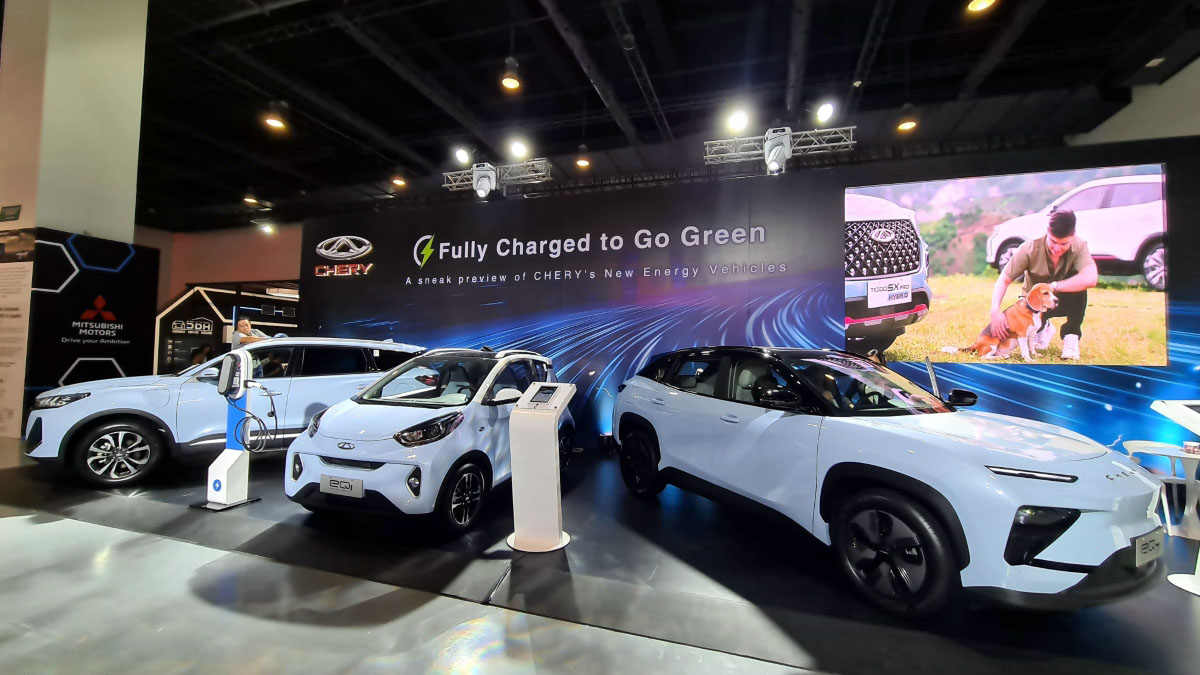
The electric vehicle (EV) revolution, once racing ahead globally, has encountered its first big hurdles in recent months, sparking discussions about the future of electric mobility. While there was initially great enthusiasm about the potential of EVs to effectively reduce carbon emissions compared to gasoline-driven cars, several challenges have arisen that have forced stakeholders to slow down their momentum. These changes in sentiment have been prompted by growing concerns from car manufacturers, governments, and other sectors about the potential risks of rushing into an all-electric future too quickly.
The cost of rushing in

Many global automobile manufacturers were once at the forefront of the push for electrification, with ambitious goals and extensive investments in electric vehicle technology. However, they are now taking a step back due to issues related to market readiness, technological challenges, and economic factors. They are tempering their initial enthusiasm with pragmatic considerations, such as the costs of infrastructure and consumer acceptance of electric mobility solutions. American EV manufacturers such as Tesla, Ford, and General Motors are aware of the declining demand and have cut production to protect their bottom lines. Chinese manufacturers, on the other hand, remain strong players in the market and continue to push for the electrification of their future mobility.
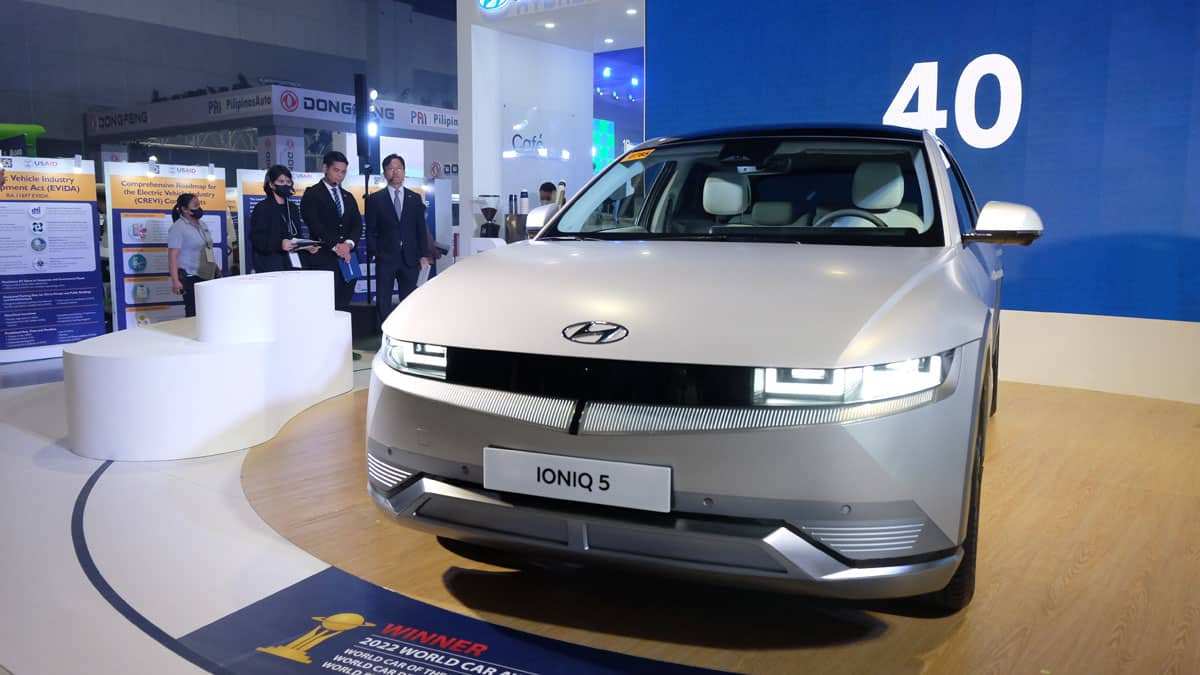
In addition to the revamp happening in the automotive sector, governments worldwide are facing increasing pressure to reevaluate their timelines for full electrification of transportation systems. Calls to postpone these plans have become louder, as stakeholders argue that more time is needed to address the various obstacles associated with such a significant change. These obstacles include building charging infrastructure and managing the economic impact on industries and workers closely tied to traditional automotive production. Just recently, nearly 4,000 franchised US car dealers wrote a letter to US President, Joe Biden, calling for a re-evaluation of the country's zero-carbon deadlines.
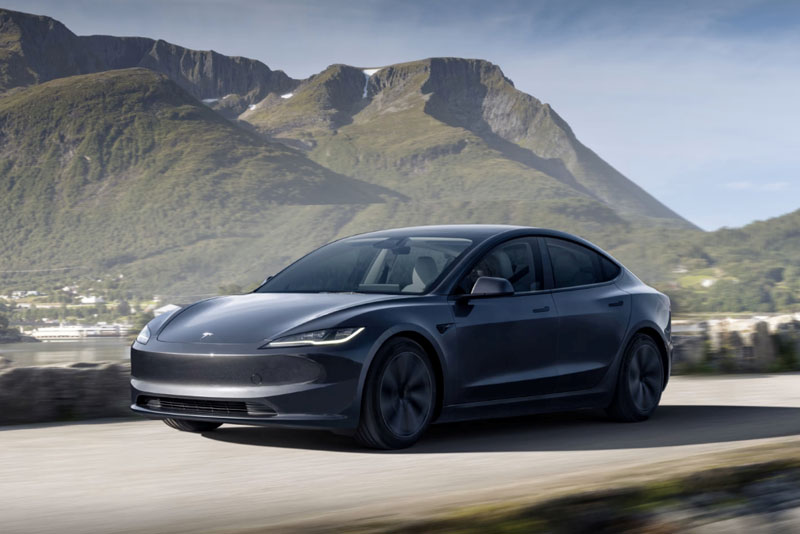
US-based car rental company, Hertz, recently made headlines for selling 20,000 EVs at a loss, instead choosing to go back to internal combustion engine (ICE) vehicles in order to get their rental business back on track. This news provides further insight into the challenges associated with transitioning to an electric vehicle fleet. Their recent experience revealed issues such as higher repair and depreciation costs, as well as consumer hesitancy where EVs are concerned.

Motorsports, which have often served as a testing ground for cutting-edge automotive technologies, are showing signs of resistance to complete electric adoption. The World Rally Championship (WRC), for example, recently announced plans to discontinue hybrid technology in their top-level Rally 1 cars by 2025 due to high costs. This decision, driven by substantial operational expenses, highlights the financial and technical obstacles that exist before electrification can become viable in mainstream motorsport's high-performance arenas.

Another aspect under scrutiny during the transition to electric mobility in the US is whether the current road and highway safety infrastructure can accommodate the added weight of electric vehicles (EVs). Recent tests and analyses indicate that existing guardrail systems and safety features may be insufficient to meet this challenge. Since EVs are generally heavier and have high-torque, high-power motors, this issue requires further examination to ensure infrastructure plans align with the evolving automotive landscape.
Learning from others’ mistakes
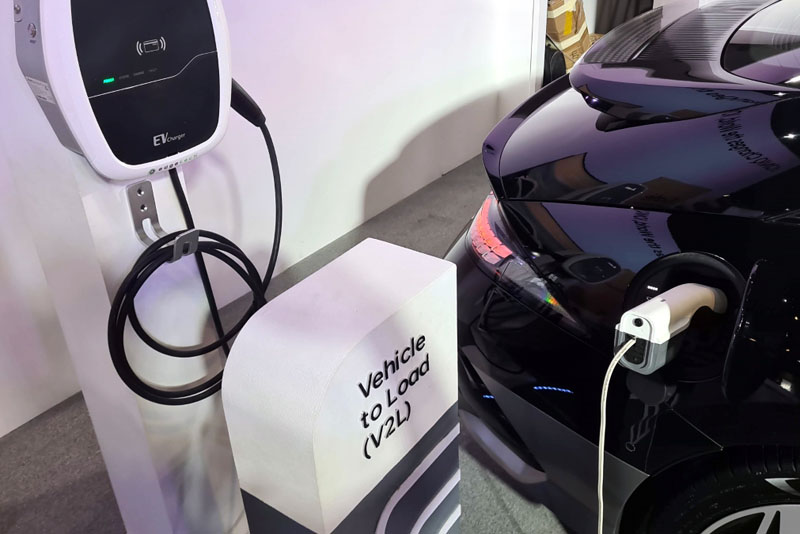
However, all of this presents the Philippines with an opportunity to carefully plan its path towards electrification. The nascent Philippine electric vehicle market possesses a strategic advantage, according to Toti Zara of Ayala-backed AC Motors. Zara optimistically states, "We are at a very early phase. So, in my opinion, we would have a sharp increase in penetration over the course of the next five years."
This perspective suggests that, despite the global slowdown, the Philippines' EV ambitions may have a silver lining. AC Motors, one of the main players introducing EVs through the Kia and BYD brands, believes there is room to grow the EV market in the country while learning from and adapting to global changes in the EV arena. Therefore, despite the global economic slowdown, there may still be positive outcomes for the Philippines' ambitious EV plans.

Zara believes that the initial adopters of electric vehicles (EVs) in the Philippines will most likely be households with multiple vehicles. These households can integrate electric cars into their daily commute for shorter trips, while using conventional gasoline cars for longer journeys, providing greater convenience and reliability when refueling. This gradual transition allows consumers to develop trust and confidence in this advanced technology over time.
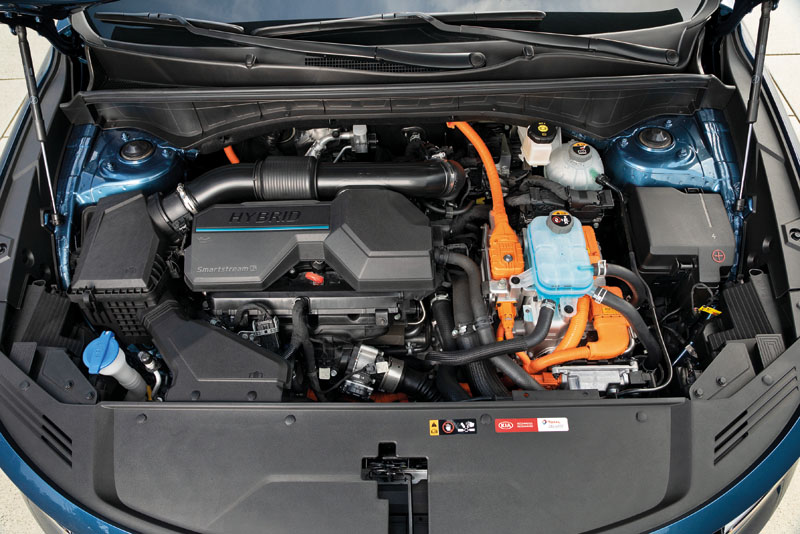
The Philippines may take an innovative approach to adopting electric vehicle (EV) technology by bypassing some of the incremental steps taken by other countries, similar to Thailand. For example, buyers now have a choice of jumping directly into EVs skipping the hybrid phase some US and European markets initially went through. In addition, vehicle chargers are now widely available in major cities, instantly easing anxiety worries of new EV buyers.

By skipping some transition steps, in Thailand, the market share of EVs increased rapidly from 1% to 10% within a few years, thanks to the success of brands like BYD. These achievements demonstrate the potential for rapid growth and acceptance of EVs in the market, similar to what happened in Thailand, where market shares expanded threefold within a short period.
A more strategic approach
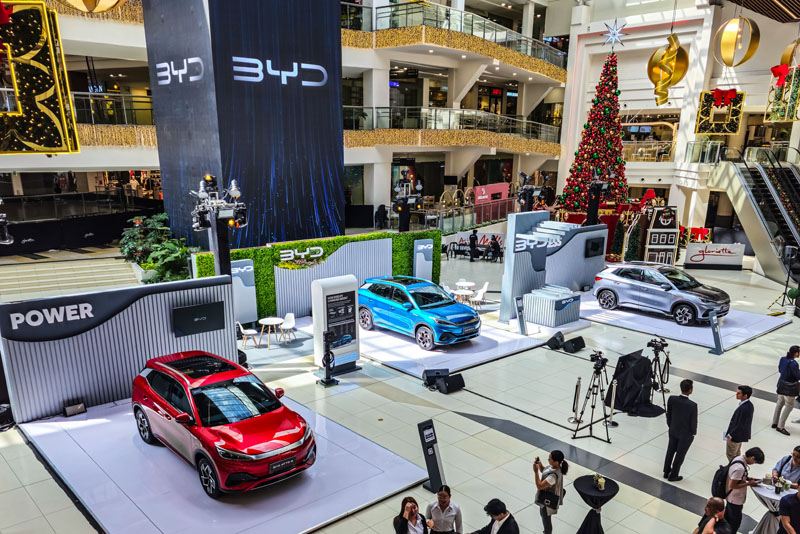
The challenges faced by the EV market abroad do not foretell doom for the efforts towards electrification in the Philippines. Instead, they provide valuable lessons that can inform a more intentional and strategic approach towards EVs in general. The Ayala Group, for instance, is actively involved in establishing the framework (EV products, adopting the CCS charging standard, EV charging, and building renewable energy supply) for Filipinos to embrace a more electrified future, regardless of how distant that future may be. With the arrival of Chinese, Japanese, and European EVs, it may be necessary to accept that we are now in a "wild west" scenario, and the next ten to fifteen years will determine whether or not we've gone full-charge with electric vehicles.